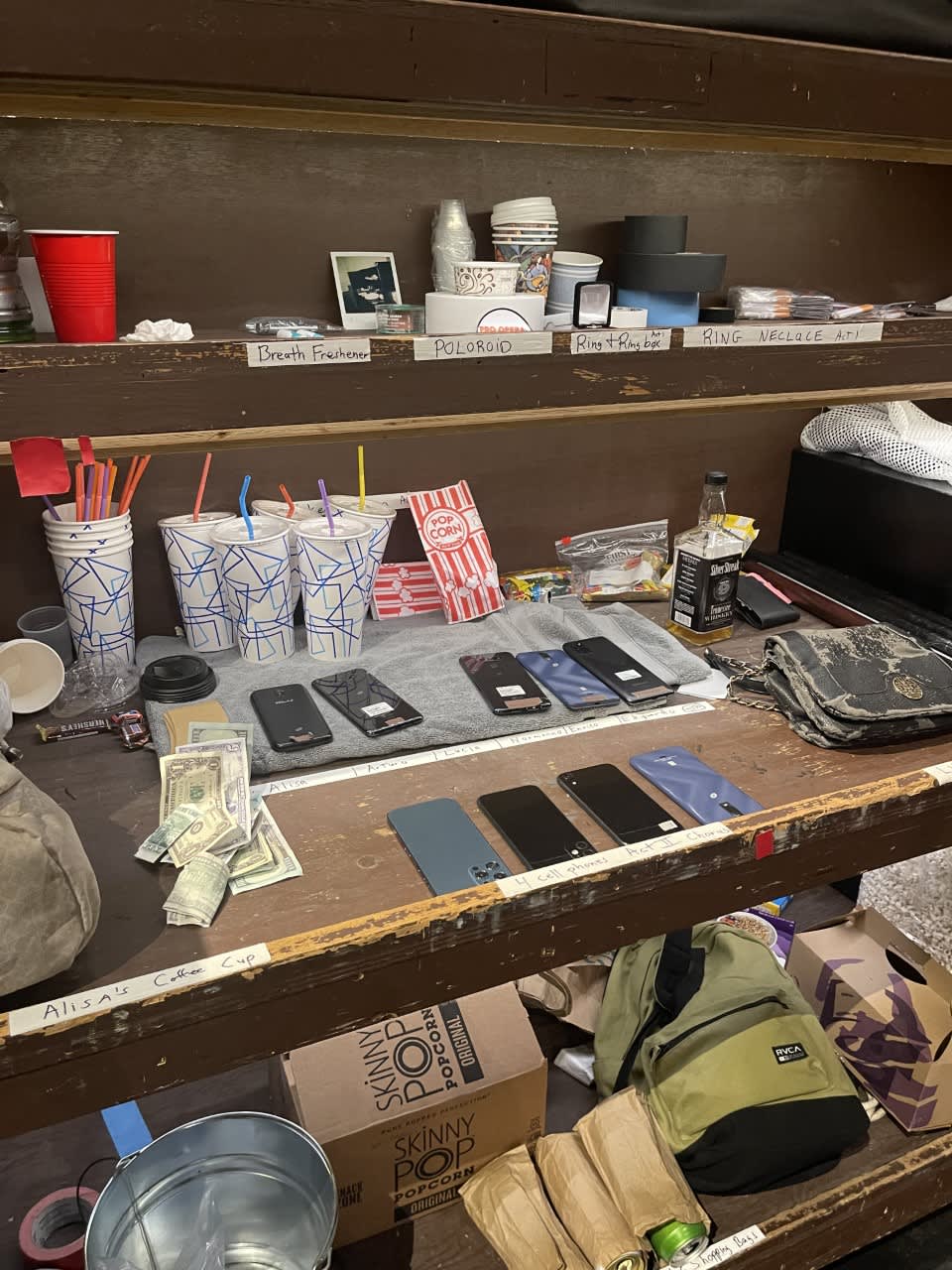There are a lot of moving parts and small details that allow each production to successfully blow our minds. Of course, we have the stars of the show who use their voices and acting to entertain us, but we often overlook the intricacies of the production design, from the giant set pieces moving on and off the stage, down to the small props that help bring each show to life. Lisa Coto, the Properties Coordinator for the LA Opera, shares how she makes sure each show has each and every prop it needs, starting at the design level all the way to the final load out.
Do you create certain props? And if so, are there people/artists on your team who focus specifically on that?
The magic of our job is we can create anything the show asks for. The creation process usually starts with a request from a designer that then falls into my coordination. I have a background in prop fabrication and special effects so I can either work alone, with our stage crew, or with outsourced fabricators. Each job is unique so it's important as a technical crew member to have many resources at our fingertips to get the job done.
Can you walk us through the preparation for a new production and how your team prepares?
Preparation for a job often occurs years in advance. Often a year or two before a new production, I can be found in meetings with Technical Director Jeff Kleeman, Design Manager Carolina Angulo, and the designer and/or director for the show. As the show evolves and the props list is created, I coordinate heavily with both Jeff and Carolina on even the smallest of details of each prop. We not only discuss design, but we also focus on budgets, allocation, fabrication, crew requirements, down to storing and even shipping. During this step in the creation process, the show is broken down into large fabrication projects and we welcome the opportunity of unique show challenges.
Once the show is here, and our crew is assembling the show for technical rehearsals on stage, that's our final run to the finish line. We would have spent months or years discussing and creating the best possible outcome for the show and our stage crew wonderfully makes it all run smoothly as possible.
How are you and your team preparing specifically for the Omar production?
Our preparations for Omar began months ago. The props list was purposely curated over time. Compared to a large show like Lucia di Lammermoor where we had every modern prop imaginable, Omar's props have been carefully selected so that each prop propels the story forward. We have scenic elements like benches and chairs that were custom fabricated and cloth props that have been specifically printed to fit our show.
For Lucia, I know that most, if not all the props were shipped from the Metropolitan Opera, what is that process like and how often are sets of props shipped?
It's wonderful when we rent a show like Lucia where many of the props were included in the show, but often what we see and know is just the tip of the iceberg and that iceberg arrives during load in a few weeks before opening. Of course, we still work with designers and directors about a year in advance to improve upon the show adding or subtracting props/scenic elements to fit our stage needs. However, the designers aren't there to load out a show so we depend upon archives to anticipate what prop and scenic elements will arrive and hopefully arrive intact after major transit.
As you can imagine, not everything arrives intact, items like soft goods are often replaced, and for those same reasons, special effects items are often not shipped with the show. This is when we get to hit the ground running, not only putting together the show but often improving the props that arrived, making sure we put the best show on as quickly as possible.
For example, Lucia did not arrive with a very long list of real food used in the show, the gallons of blood or blood packs used nightly, the theatrical ammunition and firearms, the almost 100 balloons filled up nightly or the several helium tanks required to do so, the hundreds of items that filled the "pharmacy" and "liquor store" shelves, working electronic props like laptops and cell phones, breakaway bottles with custom made labels, theatrical cigarettes, paper goods that cover the office walls that get replaced nightly, or our favorite- the large sling shot that creates the blood splatter on the wall for the gunshot to the head effect in real time on stage... that's just a very short list of items I had to coordinate getting to stage once the show arrived. So, although sets are often shipped, we very much have our work cut out for us. The speed and flexibility at which we solve problems is really the key to our success.
Is there a system in place to track the props and if something goes missing, how is that resolved? Are there multiples of each prop?
Once I have supplied the show with all its props needs, the crew tracks props backstage with the help of prop running lists and stage managers. The prop crew will maintain the integrity of the props for the entire show run. If an item is broken or lost somehow, it is my job to anticipate that and, in some cases, provide extras for props that are especially delicate or critical.
How big is your team?
My job would be incredibly difficult without the supportive network of our fantastic technical team and stage crew. For example, our group of runners on the technical crew can grab anything the show requires at a moment's notice. They are not only savvy about the show requirements, but they think ahead to make crucial show deliveries run more smoothly. Our backstage prop crew includes over eight members, and they are skilled enough to not only fabricate but improve upon the props I supply.
Props sent to our scenic crew always come back transformed to perfectly fit our aesthetic. And of course, this entire group effort is supervised by our Technical Director Jeff Kleeman who can solve any unforeseen issues. Overall, getting props to that show ready stage moment is a large group effort.
What is the system in place on how to get the props on and off stage and how do you train new team members on this?
The system of getting props on and off stage involves the effort of stage managers and the props crew. Stage managers will cue the backstage props crew when to take things on and off stage. The stage crew will assist talent to make sure their props are ready for the show. Our stage crew is a union which has high quality hiring standards so if we need to hire new crew members, they are often very experienced in backstage protocols.
What is your favorite thing about your job?
My favorite thing about my job is the constant new creative challenges. Even if we're recreating a classic show like La Boheme, the show requirements are never the same. I'm constantly problem solving and storytelling at the same time, which can be lots of fun. However, all my creative co-workers make the job most enjoyable.
 (One of the props tables backstage)
(One of the props tables backstage)




